10 Common Ticks That Are Dangerous for Your Pets
People don’t think much about ticks until one turns up on their dog or their own skin. But these little things are more than a minor annoyance. Some types carry bacteria that can lead to infections in both people and animals. And since they go unnoticed until symptoms show up, it’s useful to understand which species are around you and the risks they bring. A bit of recognition can go a long way in keeping your household safer.
Lone Star Tick
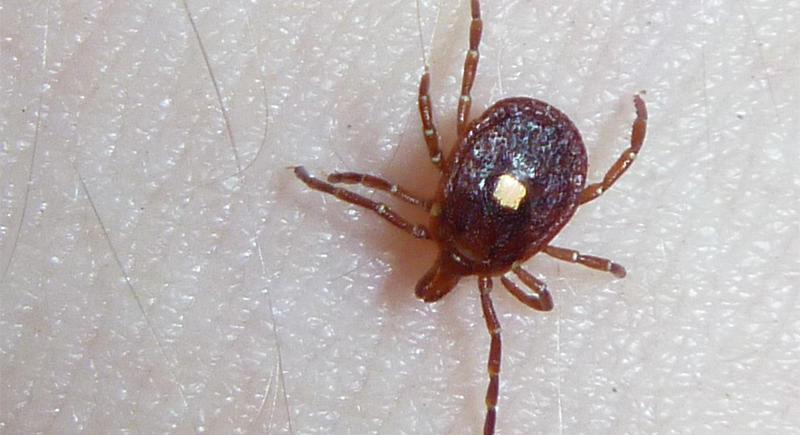
Credit: flickr
That white dot on the female’s back makes this one easy to spot. This species is mainly reported in southern and central states. It actively seeks out hosts by detecting body heat and breath. It’s linked to ehrlichiosis and even red meat sensitivity in some people. Peak activity usually falls between May and August.
American Dog Tick
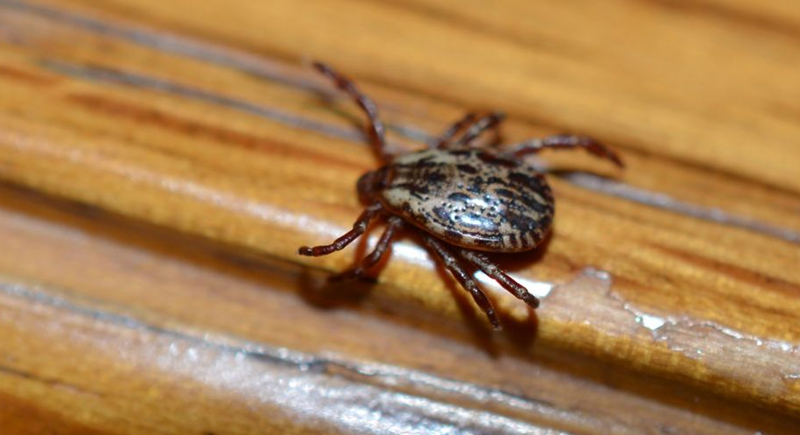
Credit: Wikimedia Commons
The American dog tick thrives in open spaces like meadows, parks, and trail edges. It’s one of the main carriers of Rocky Mountain spotted fever and tularemia. The tick likes dogs but will bite people, too. Keep in mind that outdoor activity increases the chance of contact.
Brown Dog Tick

Credit: Wikimedia Commons
Unlike other species, the brown dog tick can survive entirely indoors. It is primarily found in warm climates, particularly in multi-dog households or animal facilities. Though it mainly feeds on dogs, it will bite humans if needed. In the Southwest, it’s been linked to outbreaks of Rocky Mountain spotted fever.
Gulf Coast Tick
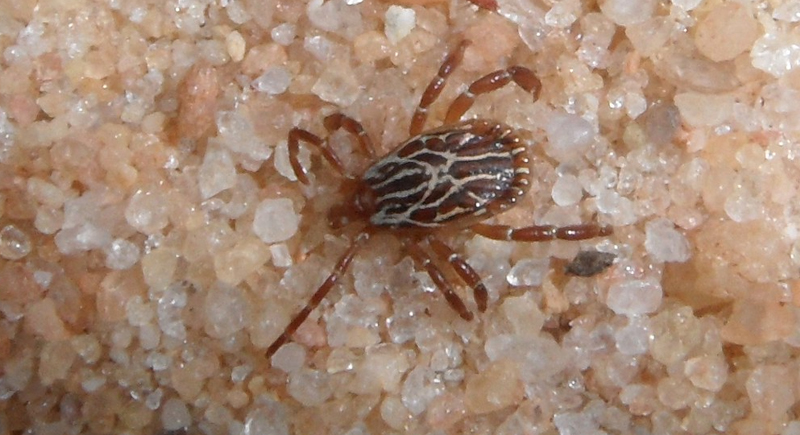
Credit: flickr
Grassy fields, coastal pastures, and scrubland attract the Gulf Coast tick, especially in southeastern states. It spreads Rickettsia parkeri, a spotted fever that’s milder than RMSF but still needs treatment. The tick is mainly active in late spring through early fall, when yard maintenance can help reduce risk.
Rocky Mountain Wood Tick
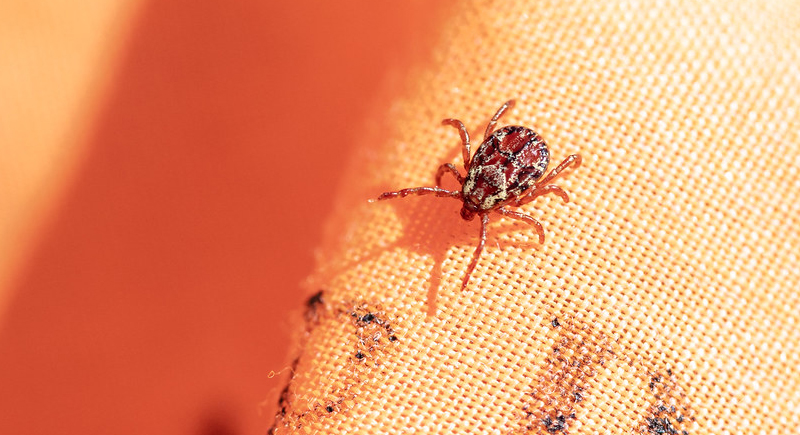
Credit: flickr
The Rocky Mountain Wood tick appears in the early part of the warm season. It is known for carrying Colorado tick fever and Rocky Mountain spotted fever. It can also cause temporary paralysis in pets and children, which usually fades after removal.
Western Blacklegged Tick
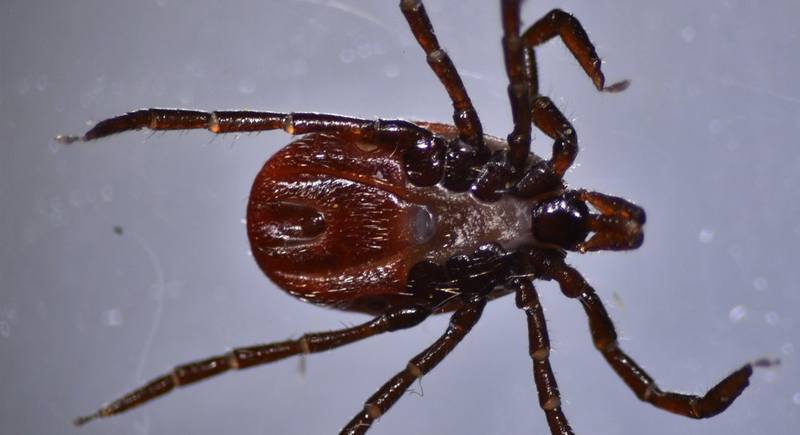
Credit: flickr
Closely related to its eastern counterpart, this species is common along the Pacific coast, particularly in California and Oregon. It transmits Lyme disease and anaplasmosis and favors thick ground cover and cool, shaded spots near the forest floor. Pets that spend time in forested areas or backyard brush are vulnerable to unnoticed bites.
Pacific Coast Tick
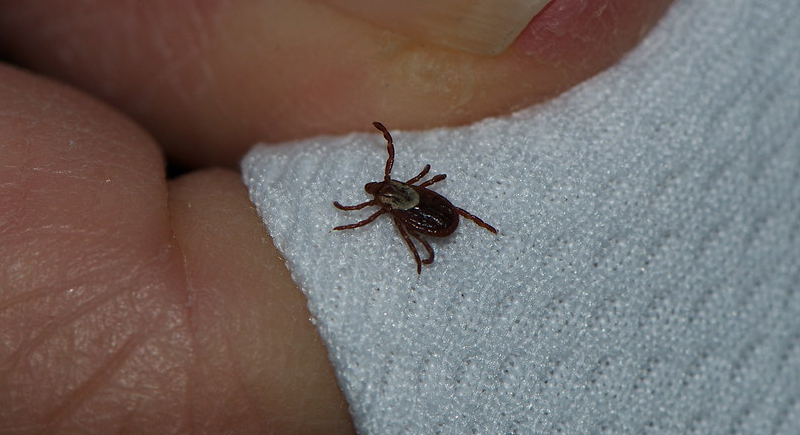
Credit: flickr
The Pacific Coast tick ranges from Baja, Mexico, all the way into Oregon. Its mottled brown-black coloring makes it easy to recognize. Every stage of its life—larva, nymph, and adult—can pass on Rocky Mountain spotted fever. The bite looks like it came from a spider or another insect, which can make it easy to misidentify early on.
Asian Longhorned Tick
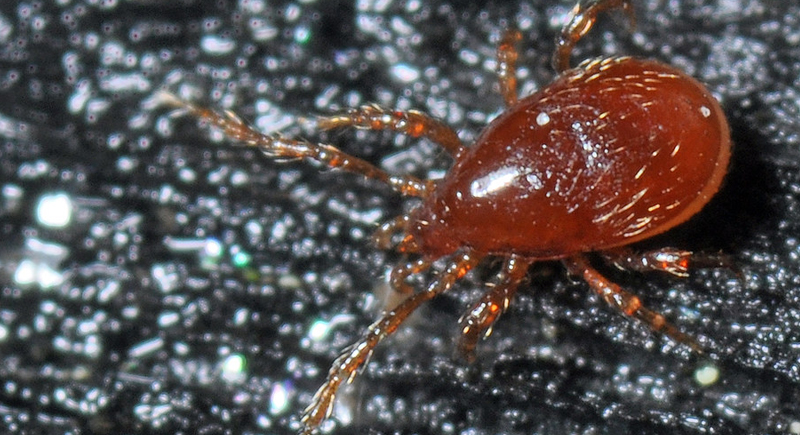
Credit: flickr
First identified in the U.S. within the past decade, the Asian Longhorned tick is now spreading steadily across parts of eastern states. Female ticks reproduce without mating, allowing populations to expand rapidly. It feeds on livestock, pets, and wildlife, and has been linked to theileriosis in cattle.
Groundhog Tick
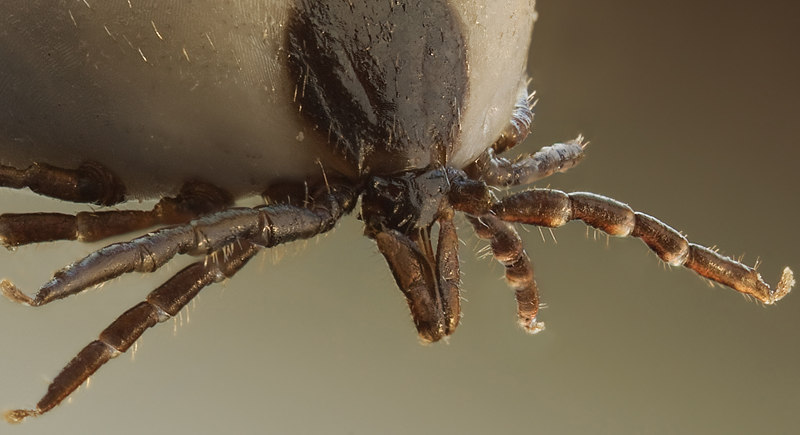
Credit: Wikimedia Commons
Ixodes cookei, or Groundhog tick, usually prefers groundhogs and skunks but will feed on humans or pets if its usual hosts aren’t nearby. It has been confirmed as a carrier of the Powassan virus, which can cause severe neurological symptoms. The tick is mainly spotted in the northeastern U.S. and parts of Canada.
Eastern Black-Legged Tick
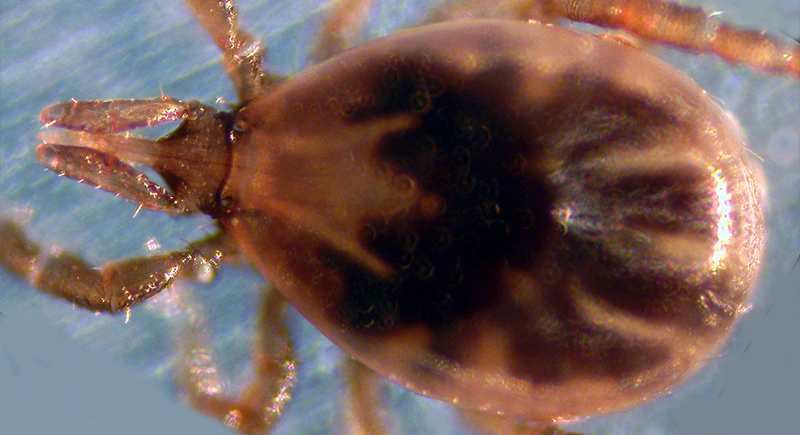
Credit: Wikimedia Commons
Also known as the deer tick, this species goes by different names depending on the region. These ticks prosper in moist, shaded areas and are seen in places with high deer or rodent activity. Adults act in spring and fall, while nymphs peak in summer, which means year-round caution is necessary.
Antricola Tick
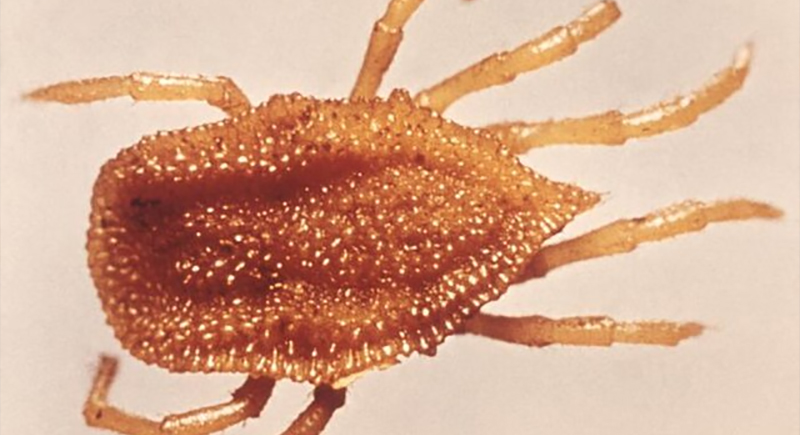
Credit: Wikimedia Commons
You’re unlikely to run into an Antricola tick unless you’re dealing with bats or in tropical climates. These ticks mostly live in bat caves and feed in areas with high humidity. While not usually a concern for pets, they’ve been studied for their potential role in disease cycles involving wild animals.
Argas Tick
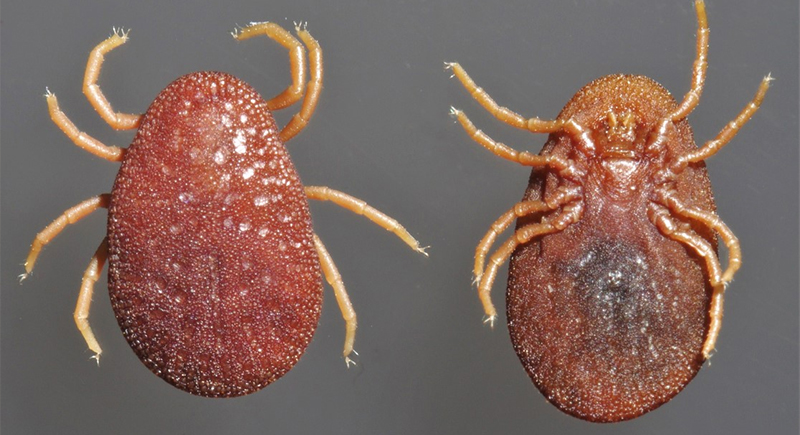
Credit: Wikimedia Commons
Often found in bird housing and coops, Argas ticks are more of a poultry problem than a pet one. They hide in cracks, feed at night, and can spread avian illnesses like spirochetosis. While not frequent in homes, they may show up in rural areas where pets and birds live close together.
Nothoaspis Tick
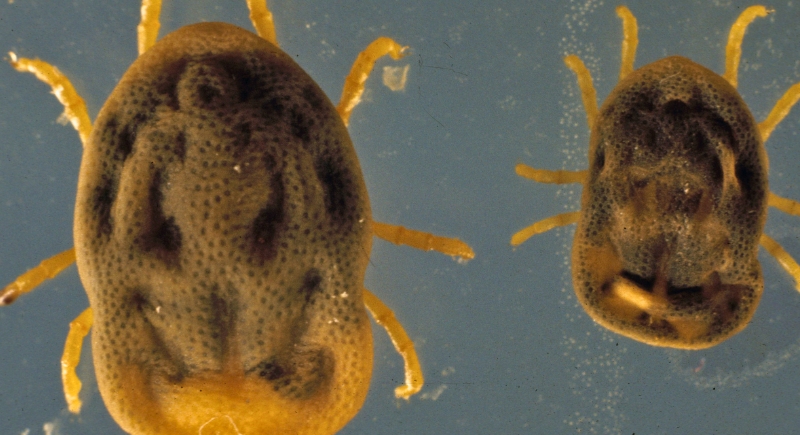
Credit: Wikimedia Commons
Not many people have heard of Nothoaspis ticks, and that’s because they tend to stick to places most pets don’t go, like bat-inhabited caves. They’re part of the soft tick group that has been linked to relapsing fever in wild mammals, though direct encounters with household pets are rare.
Ornithodoros Tick
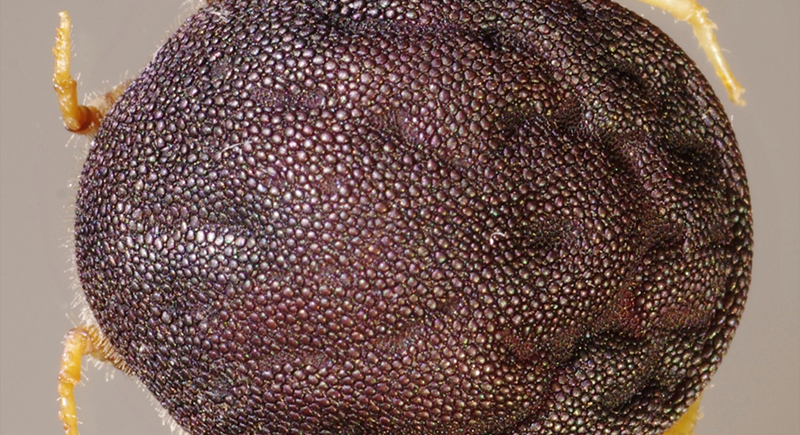
Credit: Wikimedia Commons
This genus includes several species prevalent in the western U.S., usually in places like rodent nests, barns, or older wooden cabins. Ornithodoros ticks feed quickly, often at night, and can transmit relapsing fever. Most people never see them unless they’re staying in rodent-prone areas where the ticks are already established.
Otobius Tick
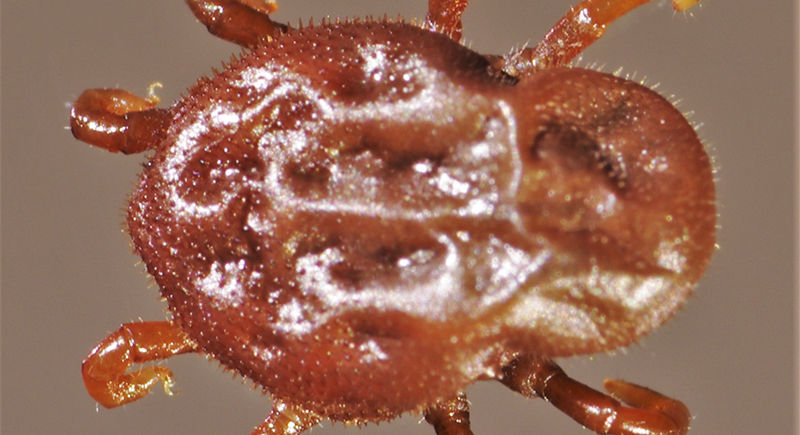
Credit: Wikimedia Commons
Popular for causing ear problems in livestock, the Otobius tick—especially Otobius megnini—occasionally affects dogs, too. They don’t move around much after finding a host and usually stay inside the ear canal. If your pet shows signs of ear discomfort and you live in a rural area, it’s worth checking for this one.